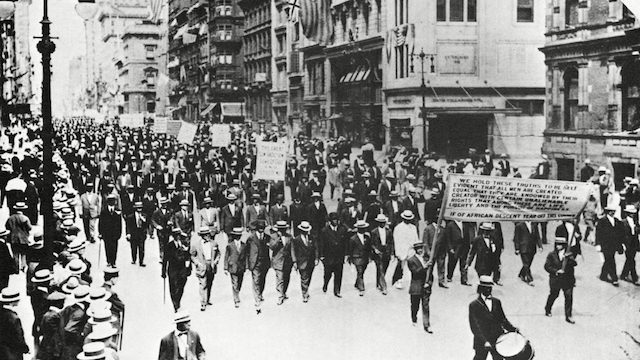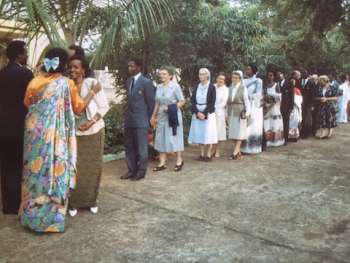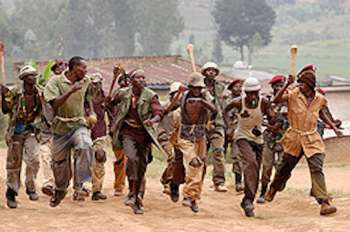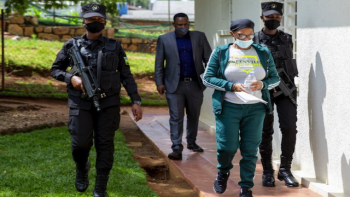100 Years ago, on July 28th, 1917, Blacks marched silently through New York City, in one of the first mass protests against anti-black violence in the United States. Close to 10,000 Black men and women and children marched silently down Fifth Avenue.
The women wore white dresses and men were in black suits in condemnation of the riots. Black children also wore white and marched with women.100 Years ago, on July 28th, 1917, Blacks marched silently through New York City, in one of the first mass protests against anti-black violence in the United States. Close to 10,000 Black men and women and children marched silently down Fifth Avenue. The women wore white dresses and men were in black suits in condemnation of the riots. Black children also wore white and marched with women.
The march was organized as a direct response to May to July 1917 riots in East St. Louis, Illinois, in which between 40 and 250 black people were killed by white mobs.
Black population accused authorities of not protect innocent lives, and the police of being “either indifferent or encouraged the barbarities”.
The East St. Louis tragedy had begun weeks earlier, when two plainclothes detectives in an unmarked Model T in East St. Louis, Illinois, were shot by black citizens. Following the shooting, on July 2, 1917, a mob of white residents went after Blacks in the city and killed more than 38 black men, women and children. Other 10 people were also killed that day, and hundreds were injured. Buildings were set on fire.
It was later found out that the people who shot at the undercover cops had mistaken their car for one of the many Model Ts driven by white mobs who, throughout that springtime, had been conducting drive-through shootings in black neighborhoods, randomly shooting at the windows of homes and stores owned by Blacks.
Before the East St. Louis massacres, there were already nationwide racial tensions and Blacks, fleeing racism and lynching, were emigrating from Southern farming states to Northern industrial states. White mobs were lynching Black farmers in the South. The most recent gruesome scene was a lynching of a black farmer the previous year, with a crowd of 10,000 white Texans cheering.
Silent March is credited as being the birth of the civil-rights movement, which became more visible in mid-1960s.

















